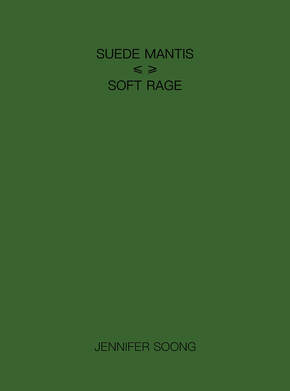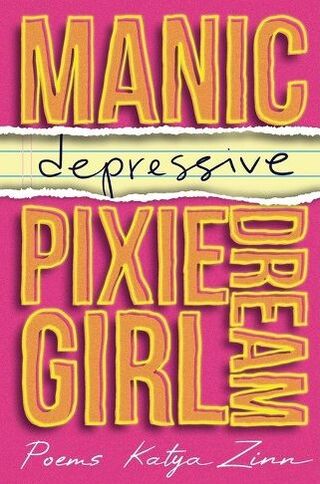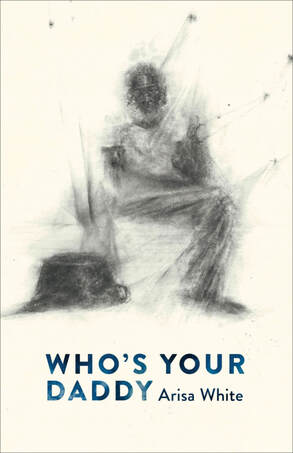Dale Cottingham’s collection, Midwest Hymns, reads as a meditation on a man’s journey through life’s myriad challenges, and healing through becoming one with nature and its cycles. Cottingham’s muse is the family and land that raised him, and each of these poems act as a patchwork in making an overall warm and nostalgic reading experience.
0 Comments
“For all the mutts.”
Dela Torre, the most recent chapbook from poet and essayist Dani Putney, opens with this dedication. Simple and effective, they give no other preface before diving into 20-some pages of raw, emotional poetry where they break down their own mixed-race heritage, the history of their parents, and tear into colonialism with sharpened teeth. While Dela Torre runs rife with various themes about identity and family, there is one through-line that can be felt in each and every one of these poems— anger.
Carefully balancing lyric poem conventions with a bold delineation of human emotion, Jennifer Soong plays with different aesthetic forms in her most recently released collection, Suede Mantis / Soft Rage. Soong explores a variety of poetic compositions–it is a project of the mind, a submittance to raw emotions in exchange for a curious, but risqué, visual sorting of thoughts.
Katya Zinn’s first published full-length collection of stories, essays, and poems, titled Manic Depressive Pixie Dream Girl, is an extreme exercise in examining the damage done to women by capitalism, social constructs, neurodivergence, and the patriarchy—to name a few.
Zinn is hardly the first woman to notice that gender—and the stereotypes it forces people to contend with—can have a tragic impact on females. Women, after all, are statistically far more likely to be sexually assaulted, have undiagnosed mental illnesses, and be victims of intimate partner violence. Zinn’s collection, which is broken into multiple parts, touches on all of these circumstances.
If coming-of-age stories are your preference, but you’re looking for a new twist on the genre, then look no further than Arisa White’s latest title Who’s Your Daddy. This poetic memoir presents a modern take on growing up, from adolescence to adulthood. Arisa White’s story told through narrative poems gives readers a taste of living under an unjust set of fathers. But it’s not all doom and gloom as Arisa interjects a style of humor that complements her own sensibilities. Even though readers are meant to view this story through the perspective of a young Black Guyanese girl, anyone who has had an unfavorable relationship with a parental figure can find value in White’s collection.
|
Archives
July 2024
Categories
All
|
|
Glassworks is a publication of Rowan University's Master of Arts in Writing 260 Victoria Street • Glassboro, New Jersey 08028 [email protected] |
All Content on this Site (c) 2024 Glassworks
|






 RSS Feed
RSS Feed
